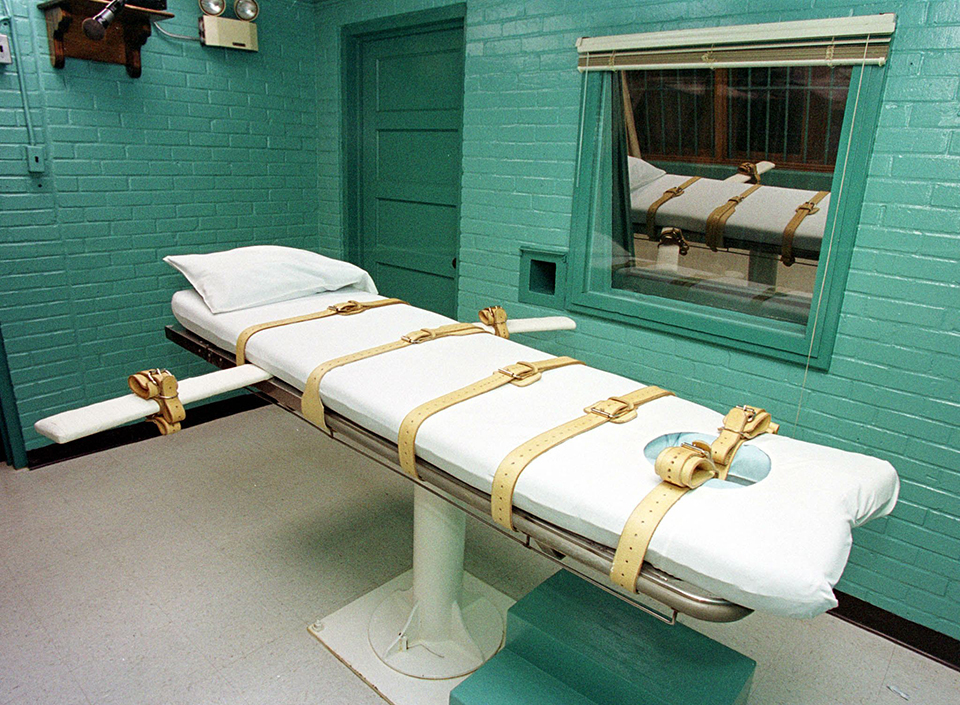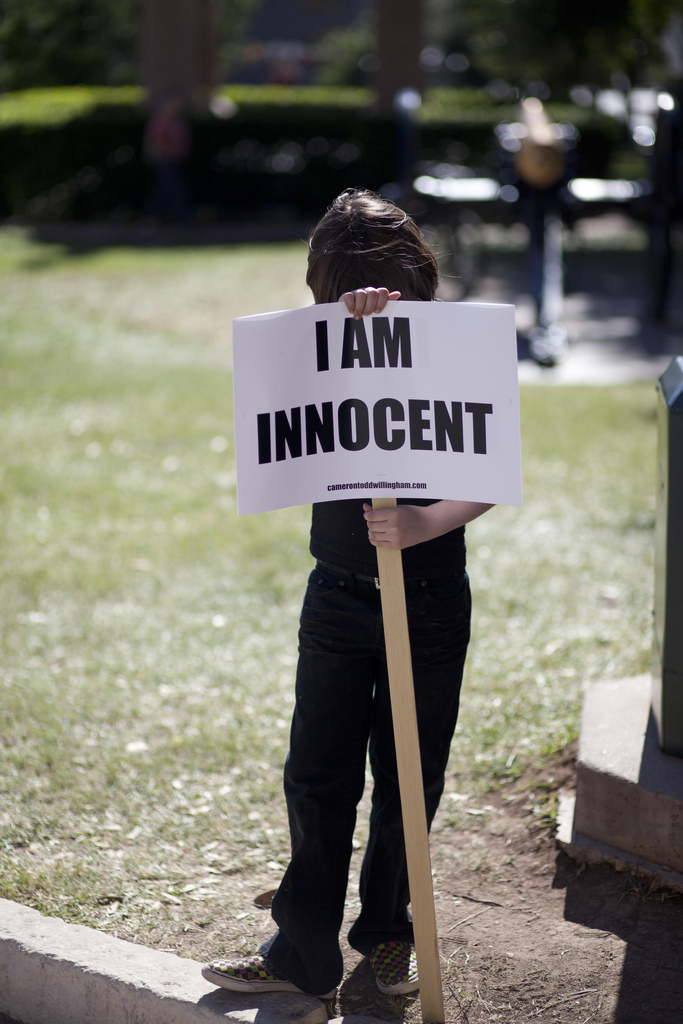Before the article in the New Yorker, “Trial by Fire” by David Grann, appeared last week, John Jackson, one of the prosecutors in the original trial of Todd Willingham, wrote a guest column in the Corsicana Sun laying out why he thought Willingham was guilty, despite the “undeniably flawed” forensic evidence about the fire. Now, Grann has responded to Jackson’s arguments.
Excerpt from Grann’s rebuttal:
He writes that it has been “omitted” from reports on the Willingham case that Willingham had allegedly moved a refrigerator against the back door of the house. “Any escape or rescue route from the burning house was blocked by a refrigerator,” he says. But, as I detail in my story, I discovered during the course of my reporting that there were, in fact, two refrigerators in the house, and one of them was stationed by the back door. Both the police detective and assistant fire chief, who investigated the fire, told me that they had concluded that the fridge was not part of the arson plot. As the assistant fire chief, Douglas Fogg, put it to me, “It didn’t have nothing to do with the fire.” Even Jackson told me that he did not think the fridge was a “huge factor in the case.”
Jackson also alleges that the fire was “the third attempt by Todd Willingham to kill his children.” As I note in my story, there is evidence that Willingham hit his wife, even when she was pregnant, but there were no police reports or medical evidence indicating that Willingham had tried to abort or kill his children. And Willingham’s wife insisted during the trial and under interrogation that Willingham had not physically abused the children. She told police, “Our kids were spoiled rotten.”
Jackson further says that Willingham’s burns were so superficial that they seemed to have been “self-inflicted in an attempt to divert suspicion from himself.” During the trial, the fire investigator Manuel Vasquez speculated on this. But, as the noted fire scientist Craig Beyler writes in his recent report on the Willingham case for the Texas Forensic Science Commission (pdf), Vasquez never offers a rational basis for this or other conjectures; Beyler says that Vasquez’s method was more characteristic of “psychics.” Leading fire investigators who reviewed the case told me that Willingham’s first-degree and second-degree burns were consistent with being in a fire before the moment of “flashover”—that is, when everything in a room suddenly ignites. The Lime Street experiment, on which I go into great detail in my article, explains why what happened to Willingham was consistent with all the physical and scientific evidence.
Jackson argues that it is incriminating that Willingham did not suffer from severe carbon-monoxide poisoning. During the trial, Vasquez also suggested this, even though Vasquez had no medical expertise and did not meet with Willingham until about a week after the fire. As I note in my article, the Lime Street and other scientific experiments have proven that Vasquez’s notion of carbon-monoxide poisoning is no more than an old wives’ tale: before a room goes to flashover, levels of carbon monoxide outside the thermal cloud are relatively low.
Jackson also claims in his article that Willingham was offered a polygraph and refused. I do not know if this is true, though it may be. After Willingham was charged with murder, he stopped coöperating with authorities. (On death row, Willingham wrote to several legal organizations asking them if they could give him a polygraph so that he could prove his innocence.) But even if he refused to take a polygraph after he was arrested, polygraphs are notoriously unreliable, and are not admissible in a court of law. (I highly recommend Margaret Talbot’s piece on this subject, “Duped,” which appeared in The New Yorker, in 2007.) As a result, defense attorneys routinely do not let their clients take polygraphs. Ernest Willis, who I discuss in my piece, was also convicted of committing arson, in a case that was eerily similar to Willingham’s. He had taken a polygraph, and the results were interpreted by police and the prosecutor as a sign that he was guilty. Evidence later emerged, however, that he had not set the fire, and he was exonerated and released, after seventeen years on death row. The idea that a lie-detector test (or the refusal to take one) could be considered evidence cuts to the core of the problems in the Willingham case: a reliance on unreliable and unsound scientific techniques.
The other points that Jackson makes have to do with Willingham’s character and behavior. He reports that a witness overheard Willingham saying, beside his daughter’s coffin, “You’re not the one who was supposed to die.” In my article, I demonstrate that the eyewitness testimony concerning Willingham’s behavior grew increasingly damning once police suspected him of murder. Jackson also notes, as I point out in my article, that Willingham refused to accept the prosecution’s offer to plead guilty and take a life sentence. Jackson says Willingham almost had a physical confrontation with his lawyers over the offer, which, in his view, suggests that he was guilty.
But all these actions can just as easily be interpreted as evidence of Willingham’s innocence. If the arson investigators had concluded there was no scientific evidence that a crime had occurred—as the top fire investigators in the country have now determined—Willingham’s words at the funeral would surely be viewed as a sign that he was tormented by the fact that he had survived without saving his children. And his fury over the prosecution offer would have confirmed that Willingham would never, as he always insisted, admit to “something I didn’t do, especially killing my own kids.”
David Grann: The Prosecution Defends Itself: News Desk : The New Yorker











